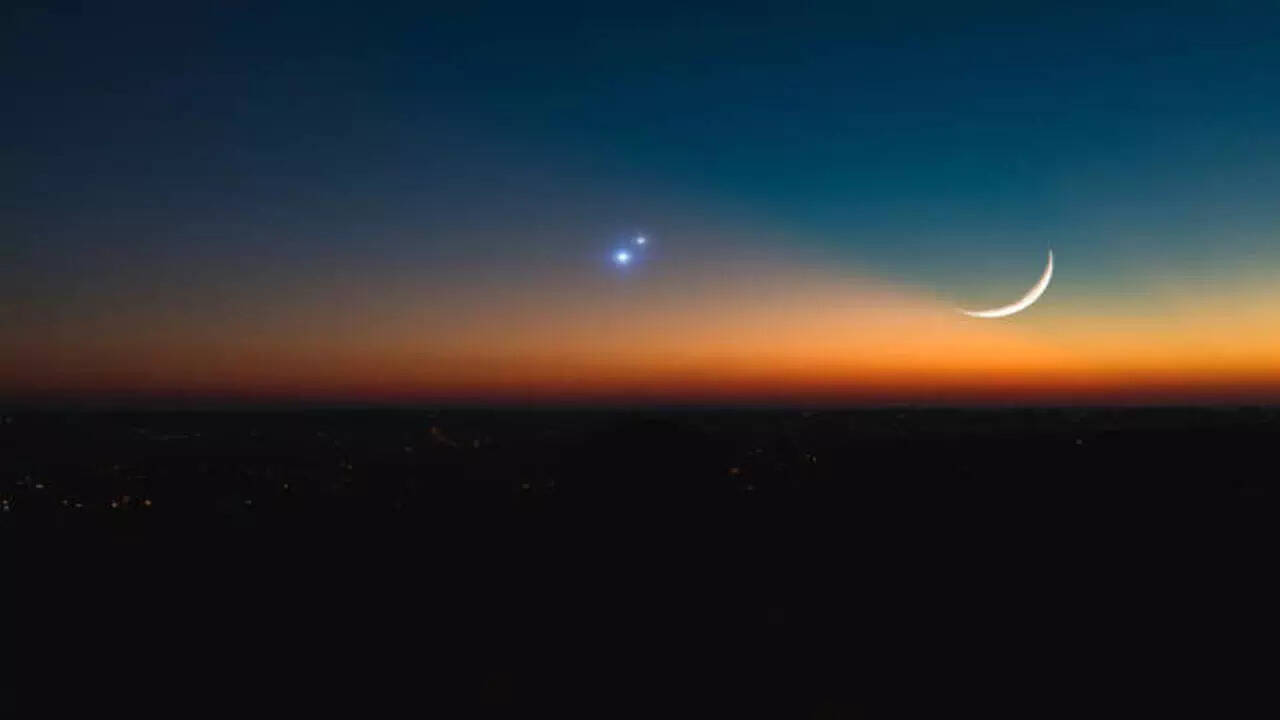Venus-Saturn Conjunction Today, How and where to watch, and more

Planetary conjunction between Venus and Saturn (Representative image)
Photo : iStock
The conjunction between Venus and Saturn and the close approach of the two planets were visible in the constellation of Capricorn. The two planets were separated by around half a degree, which is less than the width of the full moon.
Venus and Saturn were so close to one another that they could be seen together with a telescope. You could also see the conjunction with binoculars or even with the naked eye. However, due to Venus’ brightness, you might not be able to see Saturn.
Watch here the conjunction between the two planets.
This is also a good time for people to watch the planet Venus because it marks the beginning of the evening apparition of Venus. You could watch the planet rise each evening and by the end of Spring, the brightness of the planet will have doubled.
When Venus rises to its peak, Saturn goes the opposite path. Saturn will reach lower points over the horizon and then disappear into the twilight. This again will lead to a solar conjunction on February 16th, 2023.
Read More: Venus-Saturn Conjunction Today, How and where to watch, and more

